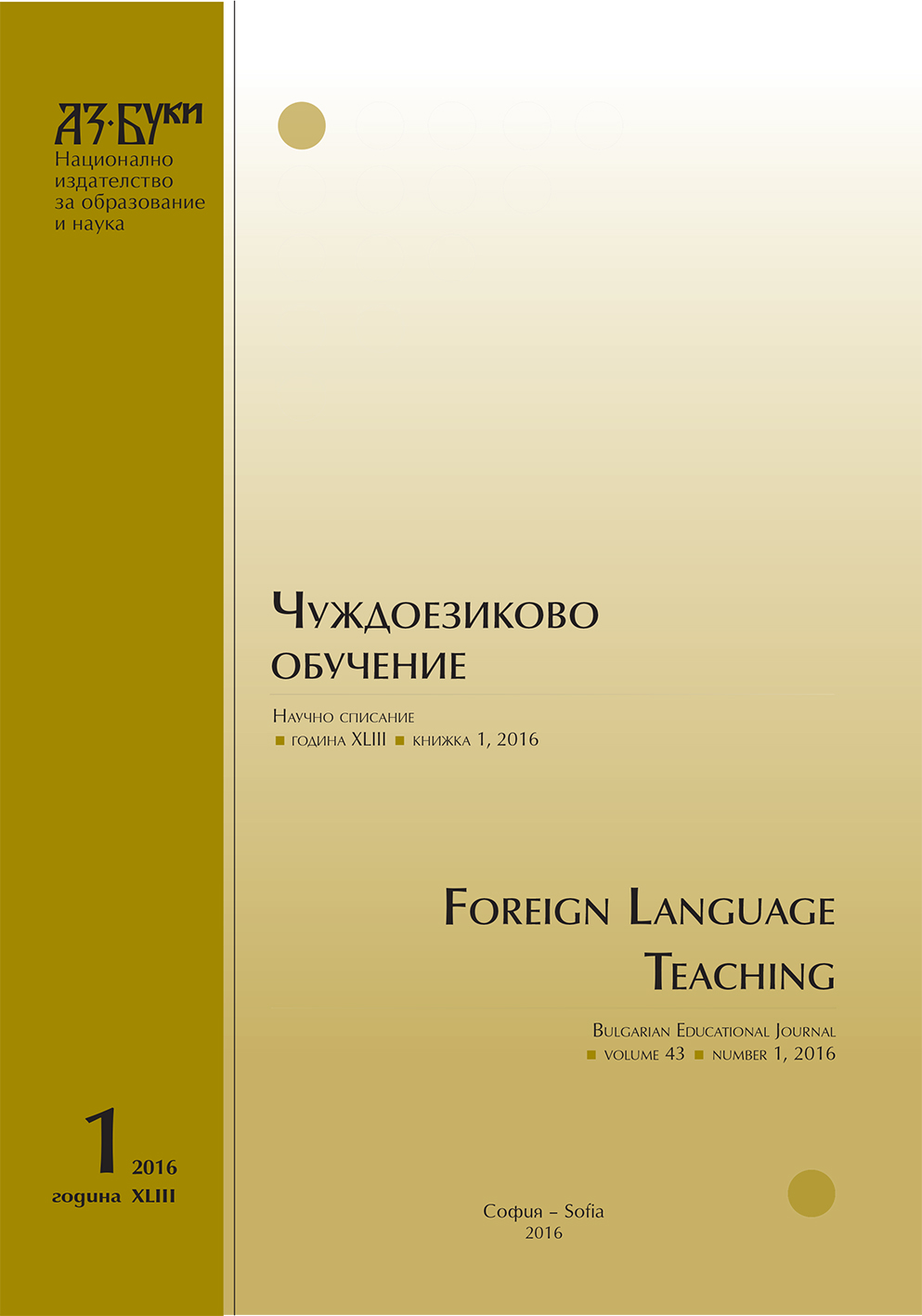
We kindly inform you that, as long as the subject affiliation of our 300.000+ articles is in progress, you might get unsufficient or no results on your third level or second level search. In this case, please broaden your search criteria.

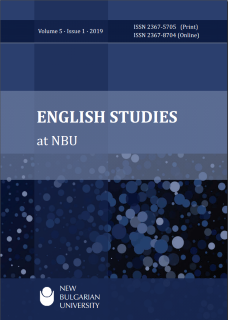
The Internationalisation of Higher Education in Europe, published in Bulgarian by the New Bulgarian University Press in 2013, is a timely book. With Bulgaria’s accession to the European Union in 2007 and the reform of higher education in the pre-accession period (2000-2007), mobility and internationalisation of higher education became a priority for Bulgarian universities.
More...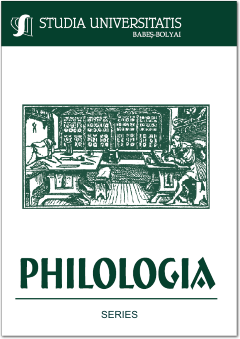
A Plea for Rethinking Institutional Language Policy Documents. The present study aims to raise awareness on and to provide a synopsis of the role, function and relevance of language policy documents in HE, by bringing together some of the more recent conclusions of strategic papers or guidelines issued by representative bodies responsible for the standardization of language teaching and testing. The current definitions of and views on language policies invite reflections on the margins of the internationalisation of HE, the digitalisation of education and its tools, the role of the language instructors in the 21st century and, last but not least, the existence of institutional strategic documents. A local case (the language policy at Babeș-Bolyai University) is discussed against the backdrop of international frameworks for language instruction and in comparison with similar (national) language policies.
More...
Developing Language and Intercultural Skills through an IaH Programme at University. Following up on a project on the impact of study abroad on the language and intercultural skills of university students, this paper focuses on how such skills can be developed through a specific “Internationalisation at Home” (IaH) programme (Beelen & Jones 2015) that combines domestic students’ mentoring of international students (“study buddies”) with weekly language exchanges and an English for Academic Purposes (EAP) course focusing on internationalisation and interculturality (Arnó et al. 2013). Based on previous findings that point to certain language and intercultural development as a result of a stay abroad (Cots et al., 2016; Llanes et al. 2016), we aim to find out if there are any changes among domestic students as a result of their participation in the programme. Language proficiency was measured in terms of the general score on a placement test as well as of oral skills measures. On the other hand, intercultural development was measured through closed questions about attitudes, knowledge, and behaviour—components of intercultural competence (Byram 1997)—together with open questions eliciting students’ perceptions of their participation in the programme. All in all, the results of this study can shed light on the provision of intercultural and international skills through EAP courses, based on expanded notions of EAP and ESP (English for Specific Purposes), which go beyond language to cover a wider range of skills.
More...
Borders or Bridges? The Current Challenges of Revisiting the Concepts of National Identity and Transnational Culture. The current paper aims to revisit the concept of national identity in relation to that of border and bordering as well as with the notions of otherness and othering. The current paper thus discusses the idea of borders and isolation as opposed to that of intercultural communication and cultural dialogue. Culture is discussed as an essential environment for identity development and in the same time as a transnational phenomenon. Another dimension of the debate proposed by the paper is related to the challenges of teaching the topics of national identity, diversity and bordering within the current educational environment, characterised by the increased internationalisation of higher education. This also takes into account the author’s experience of teaching these topics to international groups of students and is supported by a survey conducted with Political Science students on the issue of the perception of otherness and internationalisation.
More...
Filling the Gap between Target Needs and Student Wants in English for Academic Environmental Purposes. The present paper sets out to bring forward some of the current issues in nowadays ESP teaching, such as, in what ways can ESP teachers produce and design a balanced approach to their syllabi in terms of content needed by their ESP students, but not necessarily wanted or liked by those. To be more precise, we are going to use a deductive method to find out what freshmen students from the faculties of Biology and Environmental Science and Engineering would want and like in their EAEP course and see if it matches or not with the teacher’s intended EAEP curriculum.
More...
The idea of progression in designing the curriculum of Romanian as a foreign language (RFL). Although it constitutes a constant reality in teaching foreign languages and, even more, in the process of designing the curriculum, the idea of progression has been, in turn, glorified, marginalised or even crucified by didacticians, especially during the heyday of the communicative methods and the action-perspective on teaching. Lately, the theoretical debates from the outside medium have been trying to rehabilitate it, starting from the idea that a natural language is, practically, infinite and that, in the didactic context, it is required to find an “end” in order to establish accurately the fundamental reference points for a teaching-learning-evaluating path that is as efficient as possible. In the case of the RFL, grammatical progression has remained a central point of interest for specialists for over three decades. However, the echoes of communicative methods, though perceptively diminished in intensity in the Western world, have lately determined them to increasingly favour communicativeness and authenticity, at least at the declarative level, considering that in this way they will guarantee the “modernity” of the discourse. Yet, the resurrection of enthusiasm for the two concepts has sometimes led to exaggerated attitudes that disapproved of the proposals of progressive description and organisation of the teaching contents, because of too rigid and inadequate an understanding of the notion of progression. In our study, we intend to sensitise Romanian specialists to the need of looking at the idea of progression with more flexibility, without which designing a didactic process that is coherently articulated is inconceivable, especially in the first stages of RFL acquisition and, especially, when one does not resort to any other contact language while teaching it.
More...
Swedish as an optional course. Different techniques to evaluate grammar, orally and in writing. The general purpose of this article is to analyze different aspects related to the evaluation of Swedish language skills in the case of students enrolled in an optional course, intermediate level. In order to understand the students' perspective on grammatical exercises, we designed and provided them with a feedback questionnaire regarding both written and oral evaluation.
More...
Contemplating Japanese Language – Idiomatic Expressions as a Cultural Experience of Linguistic Creativity. Taking into account the semiotic nature of the language seen as a datum, and approaching linguistic creation as a fact determined by the needs of verbal communication, the present study analyzes Japanese idiomatic expressions which enable the circulation of cultural meanings. An idiomatic expression resembles the folk saying, as they both experience and highlight the conative function of language, and is a complex syntactic-semantic unit, often replaceable by one single word, which can be interpreted as a semiotic sign within a significant system of an ethnic group’s mentality. The Japanese idiomatic structure is a fixed form that belongs to the lexicalized repertory of language, resulting from syntactic linguistic phenomena which capitalize upon the possibilities of the system. The purpose of this process is to achieve expressivity, which works not just through emotional response or perceptual information, but also as encyclopedic knowledge. Both these linguistic and extralinguistic contexts call for a hermeneutic approach, in inter- and multidisciplinary terms.
More...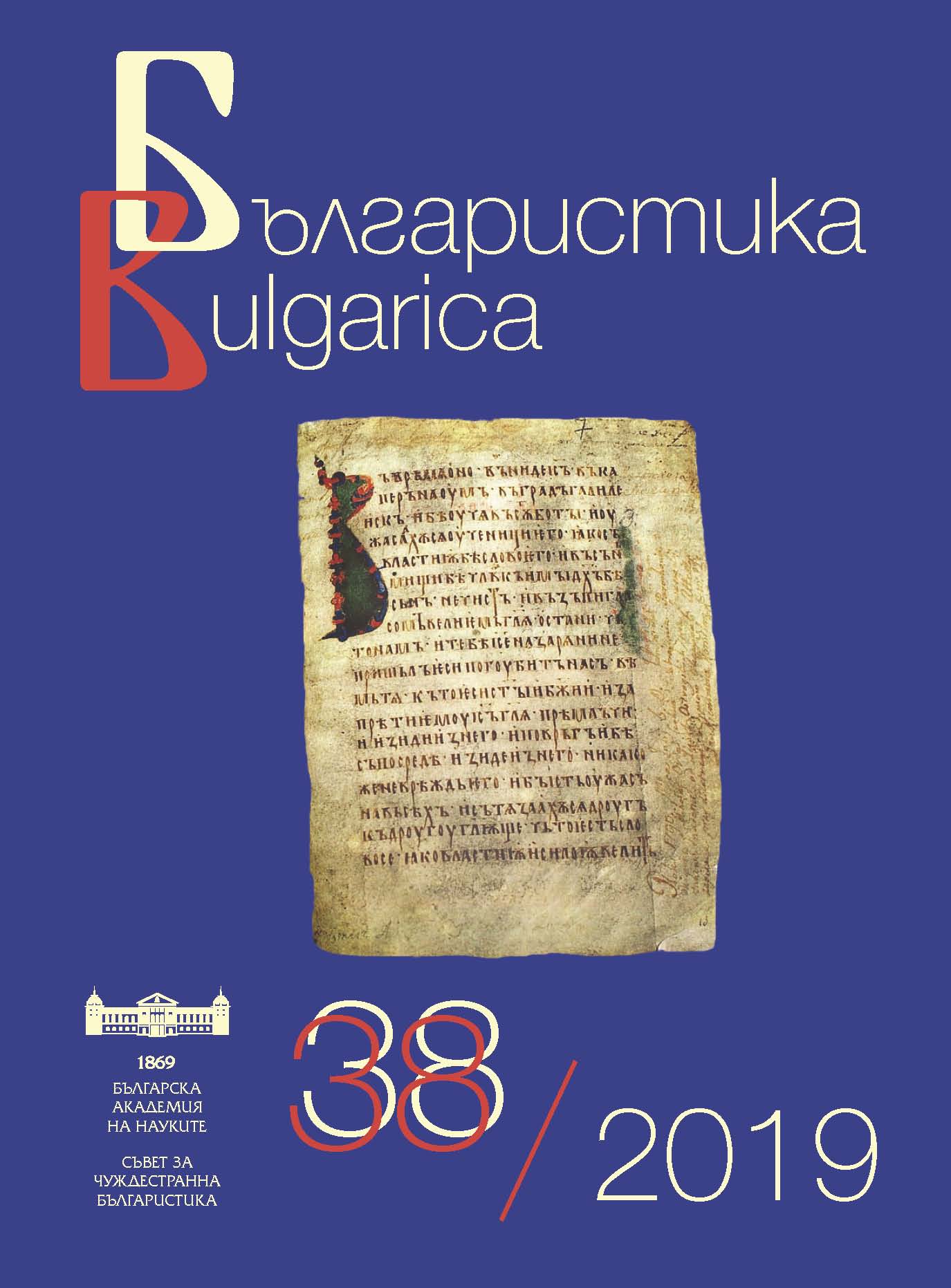
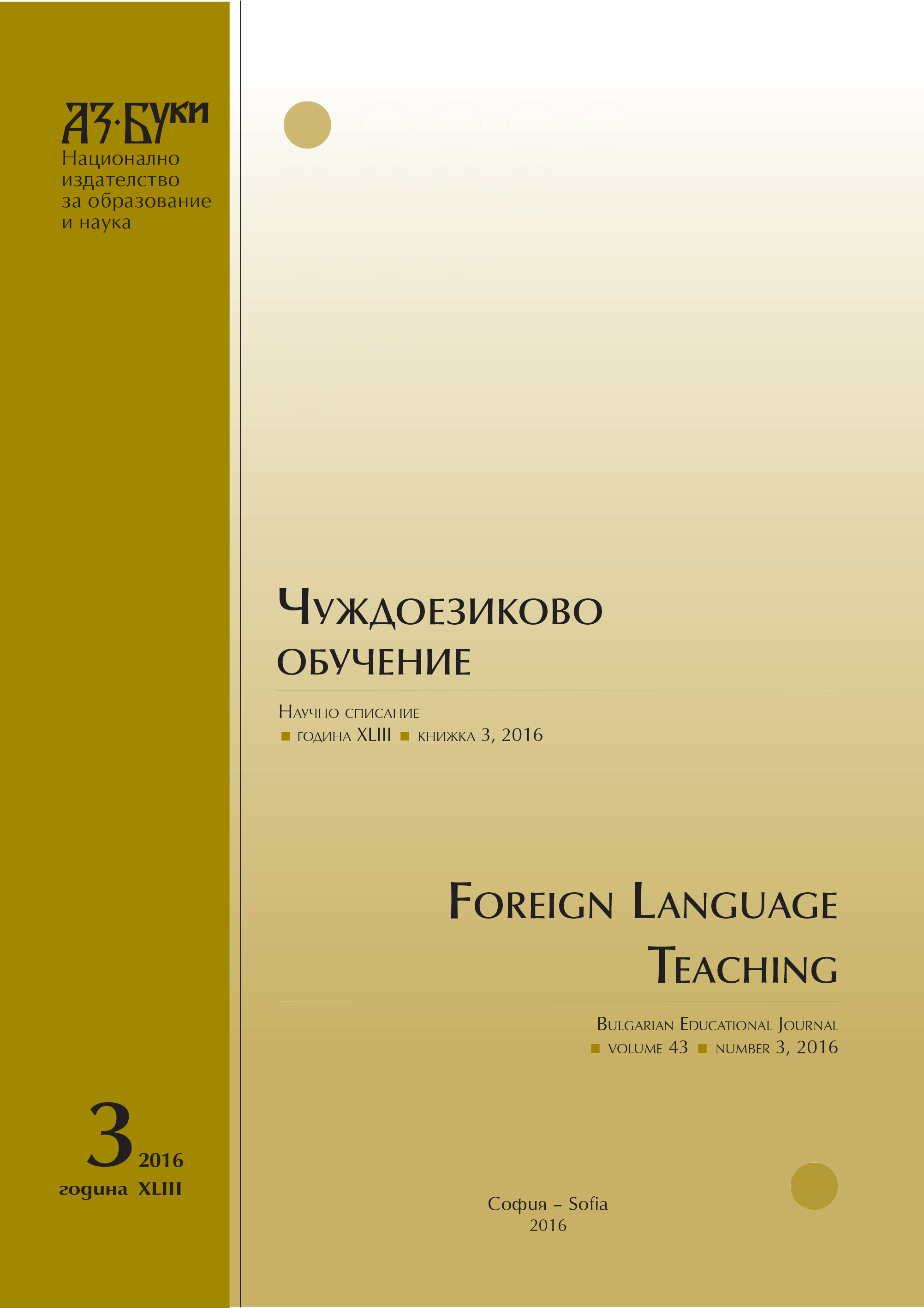
The paper discusses the application of the semantic parameter ‘abstract general sense’. This parameter can have various verbal materialization depending on the head of the phrase. Contrastive exemplifications from Russian and Bulgarian are applied. The methodology is particularly relevant for the active command of languages.
More...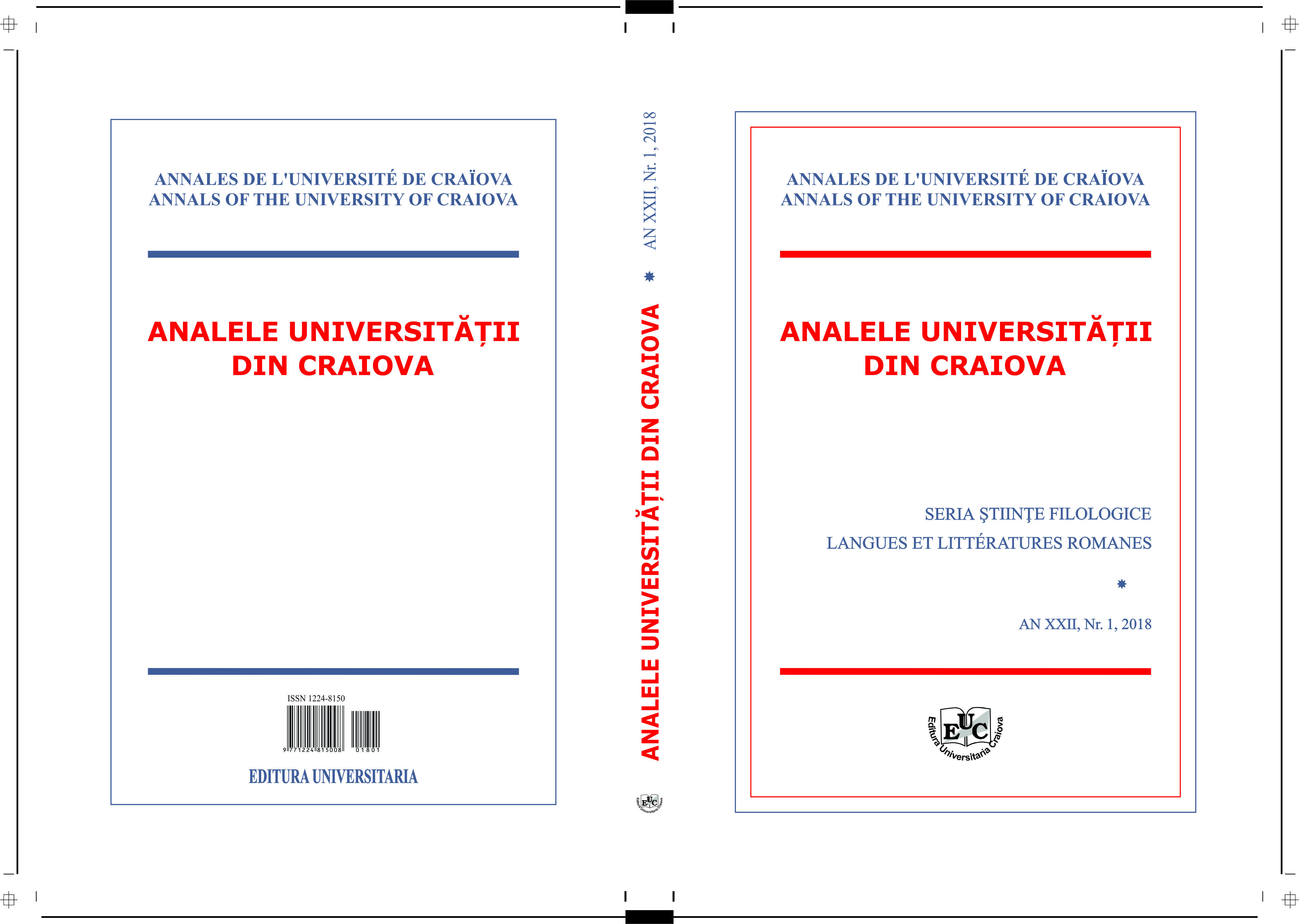
Our contribution aims at highlighting the main issues of metaphorical neology, as well as the semantic and discursive dynamics that occur in the use of technical terminologies stemming from a shared conceptual metaphor. Most notably, through the analysis of a terminological corpus, we will analyse the evolution of these conceptual metaphors and the underlying ideologies in the translation process from English to French in a highly metaphorical domain, such as financial language, in relation to the language policies of the DGLFLF.
More...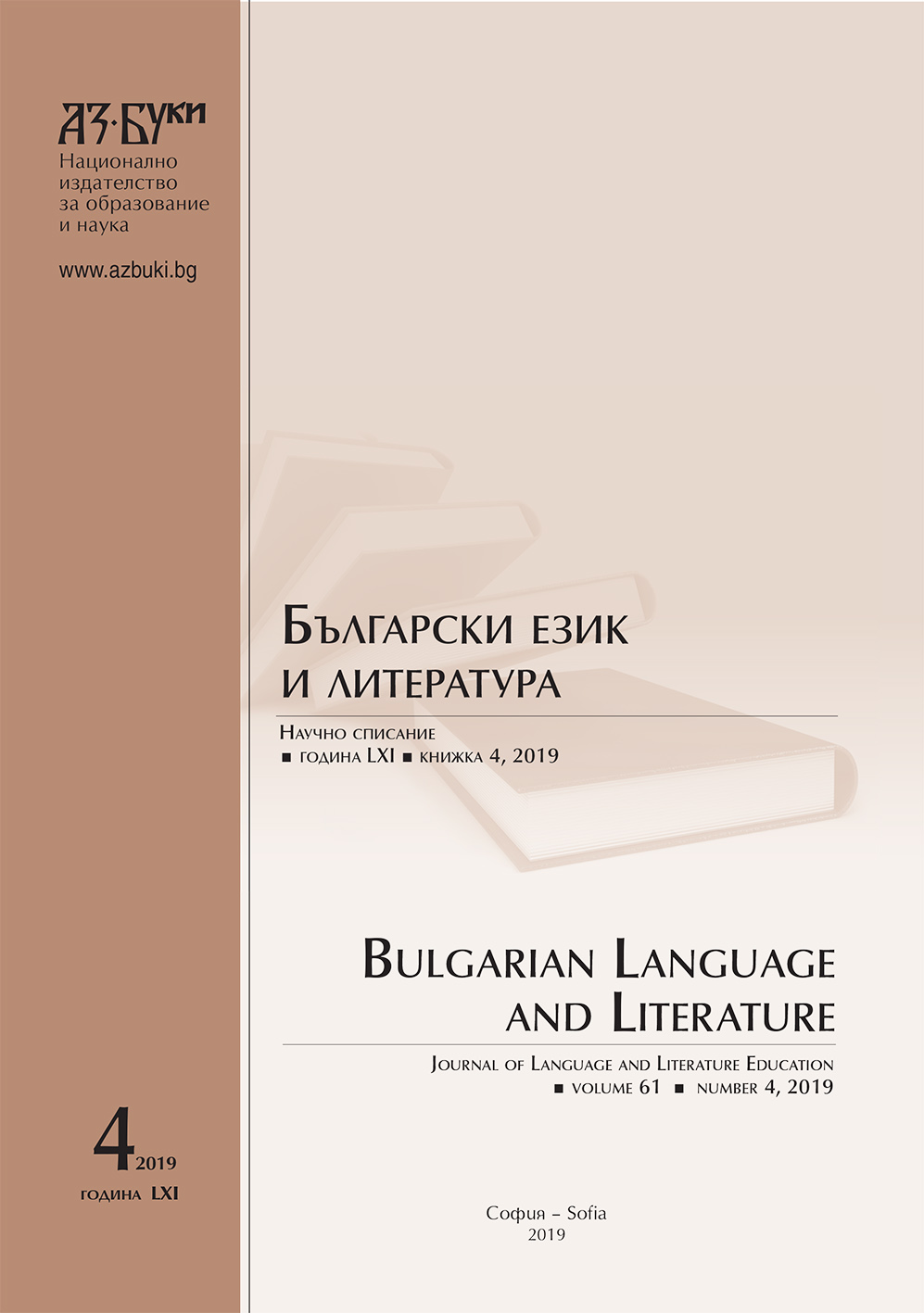
The article is devoted to the methodology of teaching the practical Bulgarian language to future specialists in the Bulgarian language and literature at the faculty of Philology of the St. Petersburg State University. A significant place in the teaching of the Bulgarian language is given to grammar: Bulgarian and Russian are both Slavic languages, the basis of written language is Cyrillic, but Russian language is synthetic, Bulgarian is analytical; the Bulgarian language has nine verbal tenses, four moods, article used with nouns. Much attention is paid to the practical studying of the Bulgarian language by students.
More...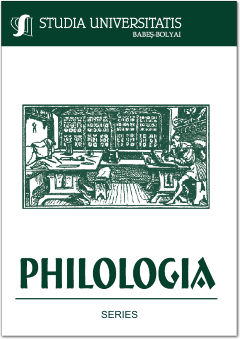
The French Verb Tense System in the Psychomechanics of Language. This article presents Gustave Guillaume's theory of tense, mode and aspect, applied to the French verb tense system.
More...
The Specific Features of the Evolution of the French Language in the Context of a Comparative Typology of the Romance Languages. The article studies the ways in which words are constructed in French: they become increasingly compact and frequently end up as monosyllables. The written word behaves as a compacted unit and its oral counterpart tends to become morphologically unanalysable. The verb loses progressively its personal endings, which tends to make the link between its expression and its content more abstract. The relation in endocentric languages between verbs and nouns is shifted in French, which has become a typologically exocentric language, towards an opposition between a constructed alleviated lexicon and a more developed syntax, submitted to more strict and logical rules.
More...
Writing with Animals: The Unexpected Choices of Barbey d’Aurevilly. In the pages of Jules Barbey d’Aurevilly, the presence of animals makes it possible to rethink the forms of scriptural cohabitation of humans and non-humans at a time when the appeal of science contributes to the development of a growing culture careful of a now problematic impact on nature. The resulting awareness influences the creative approach and practice that position themselves between the crystallizations and the metaphorical correspondences of the features of the living. This study aims to analyze the most questionable aspects of animal identity codes – especially reptiles – and their changes in order to escape the prejudice that manners and tone of the conversation may imply.
More...
The Prefacial Discourse of the Bilingual French-Romanian/ Romanian-French 19th Century Dictionaries. We systematically return to our 19th century bilingual lexicography, and this time we turn towards textual sequences preceding the respective lexicographic body; these are interesting for those seeking to understand how the practice of dictionary compilation has evolved; these textual sequences, be they the preface or the inscription, show the way the configuration discourse of a lexicographical work comes, little by little, to confirm the presence of the model, to claim the method and to subordinate the undertaking of the interest of one or several categories of addressees.
More...
Fire as the ‘Logo’ of Artistic Worlds. The aim of the present paper is to analyse the image of fire created by two representatives, one of the Acmeist and the other of the Romantic school of poetry, N. Gumilev and S.T. Coleridge, revealing similarities and differences between their approaches. The obvious parallelism of the poets’ works is demonstrated, with particular attention paid to the fact that specific fire-related images were emphasised by Gumilev in his translation of Coleridge’s works. The attributes of the artistic universes of the Russian and of the English poet are shown: the continuity and constant interaction of their elements, the identity of the properties of the whole and of its various parts in each case.
More...
The Counterfactual: Between Intended Message, Sentence Projection and Incidence. Within the framework of the cognitive principles which lie at the centre of the French system of the conditional, the aim here is to attempt to explain the function of the conjunction si by identifying some of the features it has in common with the Italian se. The expression of the counterfactual by means of the double imperfetto in the main and subordinate clause, or by means of the single imperfetto in the subordinate clause, is not simply due to the decline of the congiuntivo, but also to the morpheme that introduces a conditional idea which has been simplified and renewed by a process of levelling. From a psychomechanical perspective, we have explored the idea of hypothesis that the speech act presents from the start (Guillaume 1973; Joly and Roulland 1980; Hirtle 1994) in terms of «visée de discours» (the intended message) and «visée phrastique» (that is sentence projection), in view of the fact that the enunciation situation conditions the elaboration of the sentence upon the level of incidence (Lorian 1964; Moignet 1974; Skrélina 1980). Moreover, the study of a number of counterfactual clauses in Italian, taken from a contemporary literary genre which makes a legitimate use of these (Ammaniti 2001, 2006) has made it possible to verify the importance of the sociolinguistic dimension of substandard Italian by means of the process of semantic(-syntactic) revelation brought about by translation into French.
More...
The Charade of the Exiled. A Reading of Baudelaire’s “Le Cygne”. This study offers a reading of the most commented poem of the Fleurs du Mal by Baudelaire, and suggests a possible explanation of the succession of apparently random images contained in Le Cygne. According to some authors, the poem would have opened «the way for wandering which announces the strolls of surrealists in search of “objective chances”»; its lines might hide a kind of charade in honour of the dedicatee, Victor Hugo, who loved this kind of games to such an extent as to be considered the inventor of the charade à tiroirs.
More...